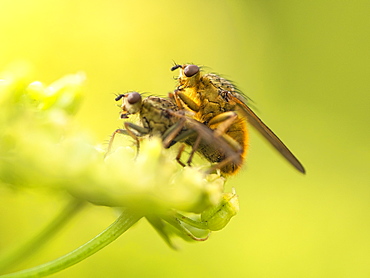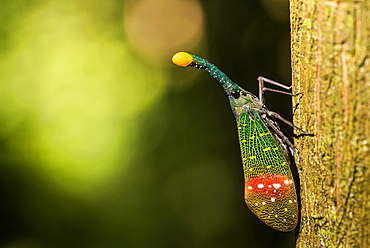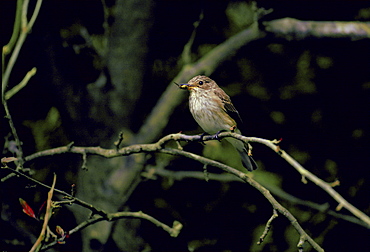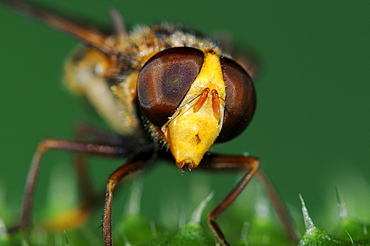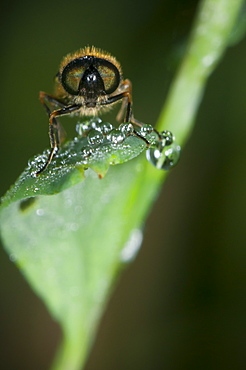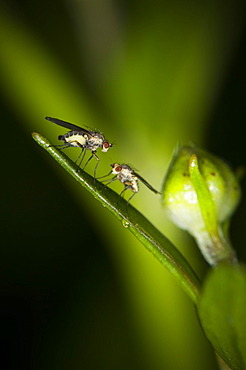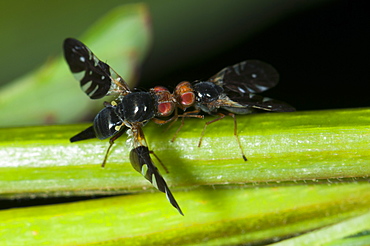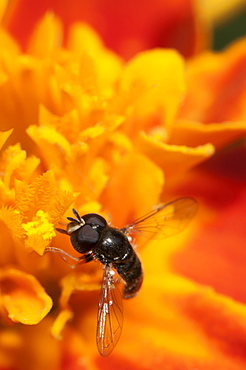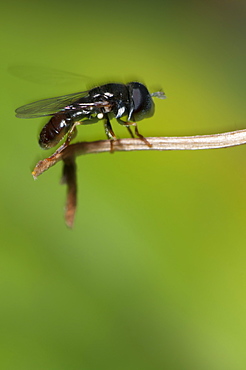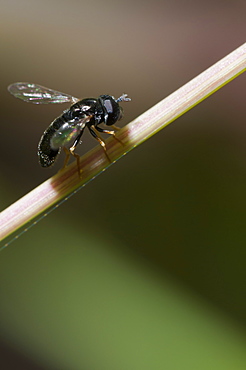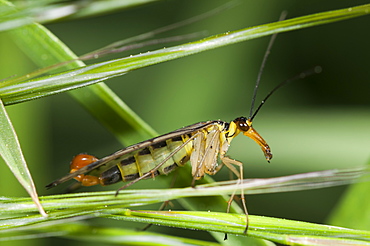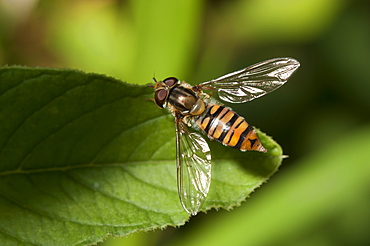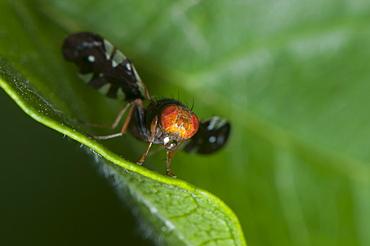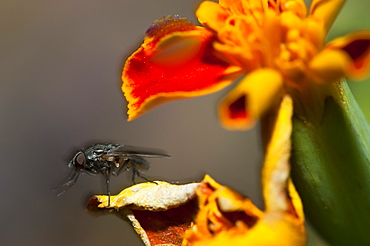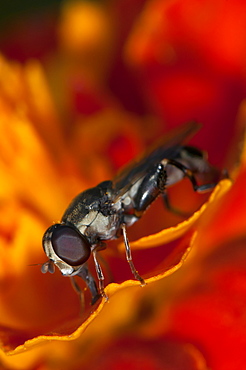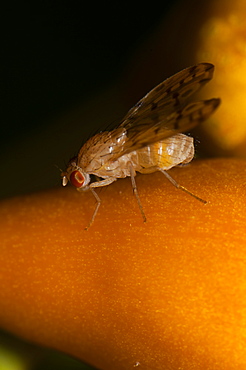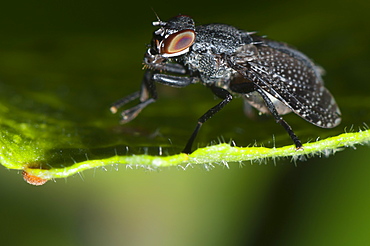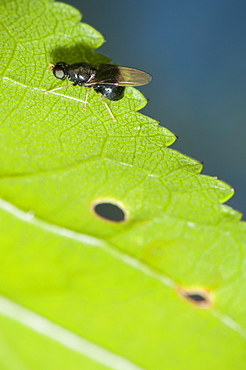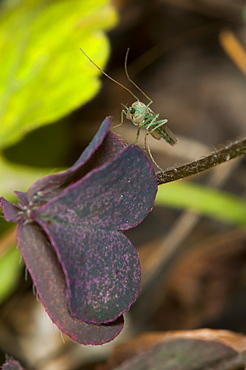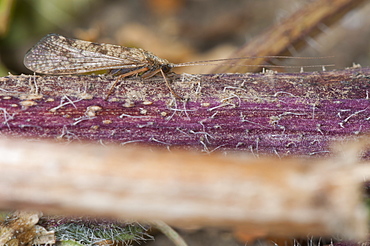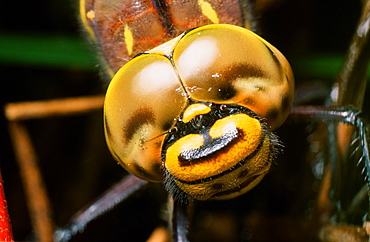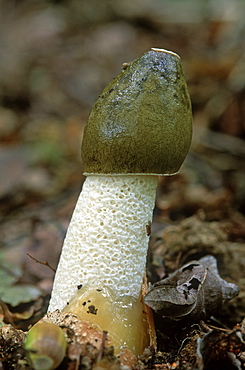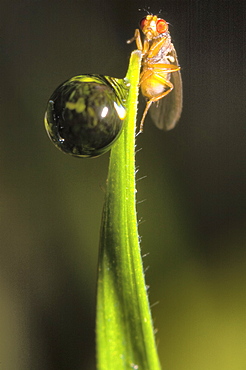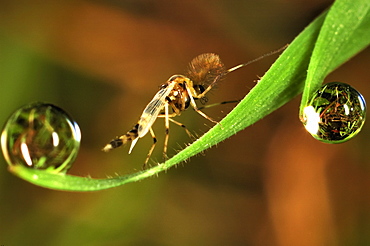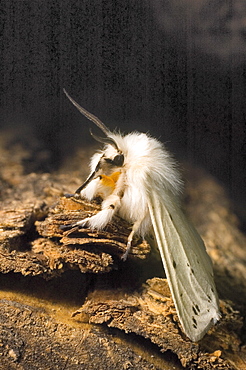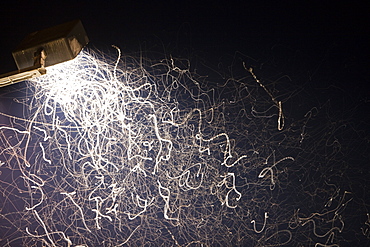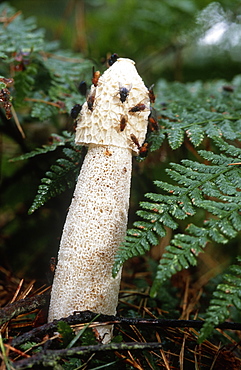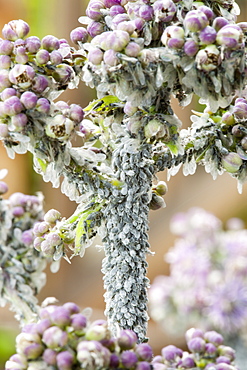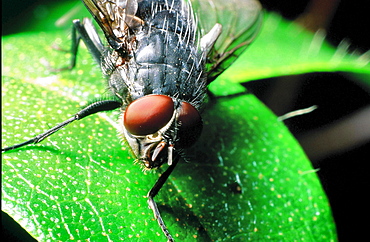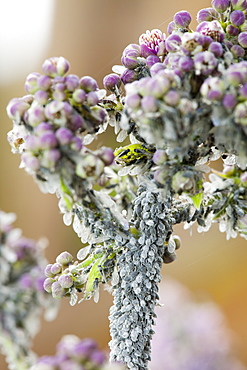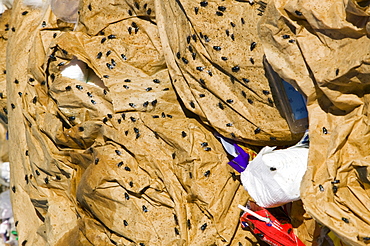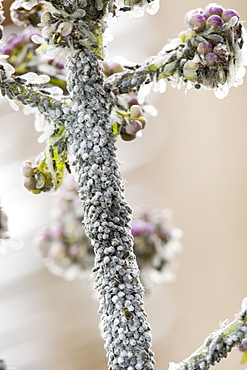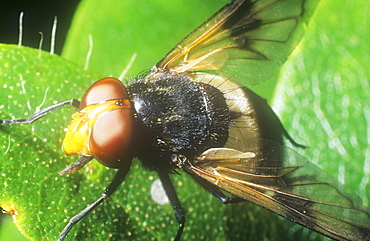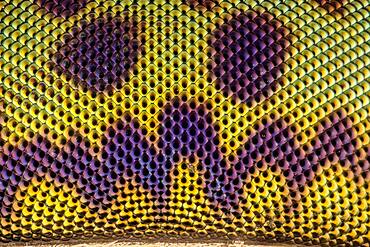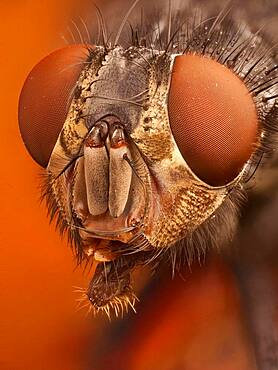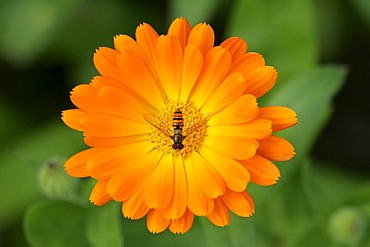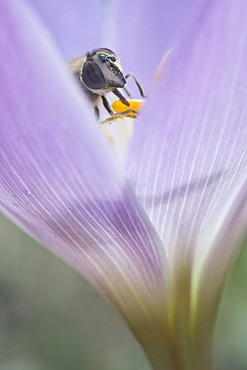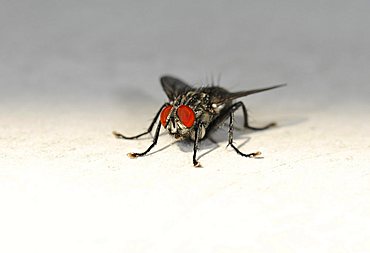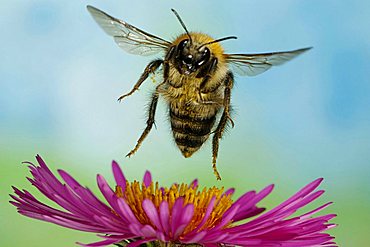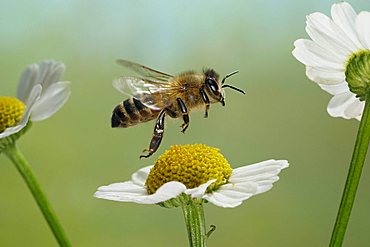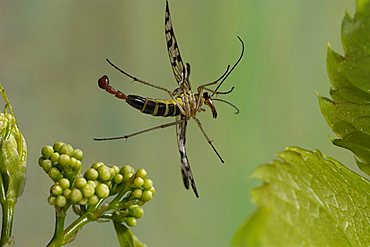Results
7 results found
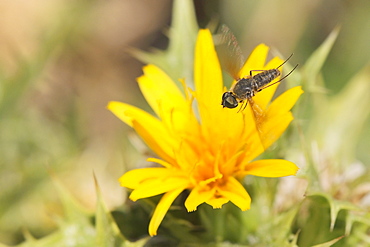
Bee fly (Petrorossia or Cononedys sp.) hovering above yellow flower growing by the coast, Karlovasi, Samos, Greece, Europe
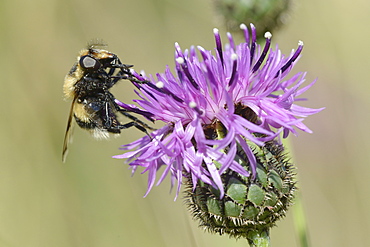
Hoverfly (Volucella bombylans var. plumata) visiting a greater knapweed flower (Centaurea scabiosa) in a chalk grassland meadow, Wiltshire, England, United Kingdom, Europe
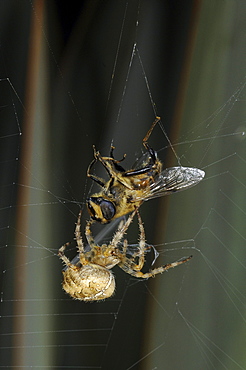
Garden orb spider (araneus diadematus) in its web, with captured fly, wrapping it up in silk from its spinnerettes, oxfordshire, uk

Crane fly (Tipulidae) on violet leaf, North West Bulgaria, EuropeOrder Diptera (true flies);Sub-order Nematocera

Fly (Diptera) (true flies) and ladybird (ladbybug) (Coccinellidae) on violet leaf, North West Bulgaria, Europe
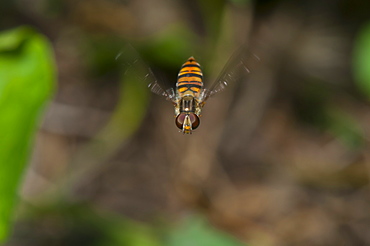
Hoverfly (Syrphidae) (Diptera), North West Bulgaria, EuropeOrder Diptera (true flies);Sub-order Cyclorrhapha
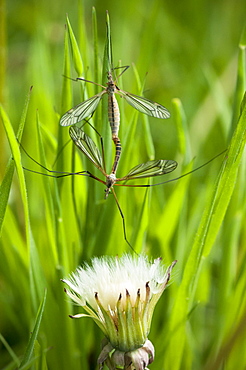
Mating crane flies (Tipulidae), Bettel, Luxembourg, EuropeOrder Diptera (True flies);Sub-order Nematocera
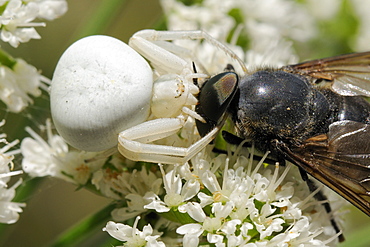
Goldenrod crab spider (Misumenia vatia) adult female, white form, camouflaged on Wild Angelica (Angelica sylvestris) flowers sinking fangs into the head of a large Horse fly (Dasyrhamphis anthracinus), Corsica, France. MORE INFO: Crab spider family Thomisidae, Horse fly family Tabanidae, plant family Apiaceae.
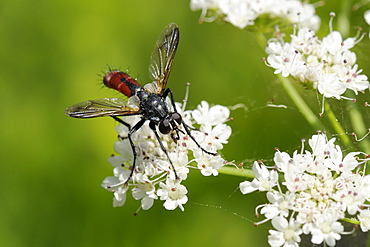
Parasite fly or Tachinid fly (Cylindromyia bicolor) feeding on Wild angelica (Angelica sylvestris) umbel flowers, Corsica, France. MORE INFO: Parasite fly or Tachinid fly family Tachinidae, plant family Apiaceae.
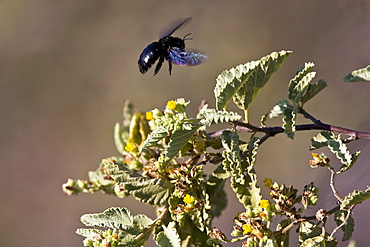
Macro images from the Galapagos Islands Archipeligo, Ecuador. Pacific Ocean. Shown here is a bee pollenating a flower.
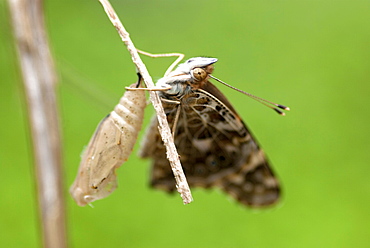
Adult painted lady butterfly shortly after emerging from chrysalis. The wings take over an hour to become strong enough to fly.. Isle of White, UK. Isle of White, UK
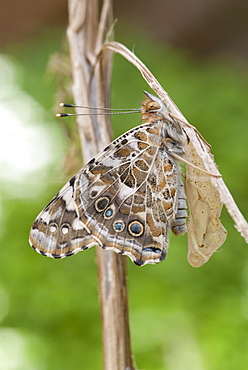
Adult painted lady butterfly shortly after emerging from chrysalis. The wings take over an hour to become strong enough to fly.. Isle of White, UK. Isle of White, UK
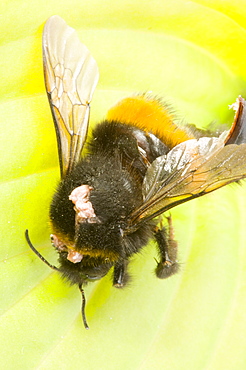
A bumblebee killed by a conopid fly which ambushes the bee, pierces the exoskeleton and lays an egg in its abdomen

Cactus, Plant, Spines, macro, fly, polen . Arrecife, Jardin De Cactus, Cactus Garden, Lanzarote. Canary Islands
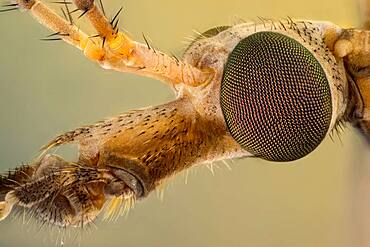
Tipula is a very large insect genus in the fly family Tipulidae. They are commonly known as crane flies or daddy longlegs. Worldwide there are well over a thousand species.

The sponging mouthparts consist of a fleshy, elbowed labium, at the distal end of which are large, sponge-like organs called the labella (singular, labellum). The labella is a complex structure consisting of many grooves, called pseudotrachea, which sops up liquids much like a sponge does.

Tipula is a very large insect genus in the fly family Tipulidae. They are commonly known as crane flies or daddy longlegs. Worldwide there are well over a thousand species.
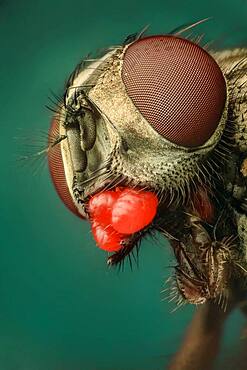
A Musca domestica or house fly showing a severe mite infestion; three mites under the subgenal area and two more between labellum and thorax. Those mites show a bright red colour and finger-print like texture
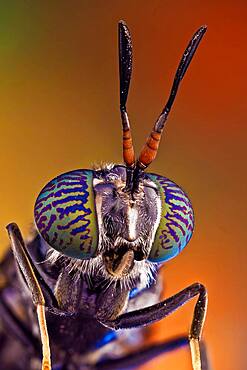
A common and widespread fly of the family Stratiomyidae, and quite possibly the best-known species in the entire infraorder. The larvae are used in manure management, for both house fly control and reduction in manure volume, and the mature larvae and prepupae raised in manure management operations are themselves useful as feed supplements

Black soldier flies are common and widespread fly of the family Stratiomyidae. Neither the larvae nor adults are considered pests or vectors. Instead, black soldier fly larvae play a similar role to that of redworms as essential decomposers in breaking down organic substrates and returning nutrients to the soil/environment.

As their common name suggests, they are often seen hovering or nectaring at flowers; the adults of many species feed mainly on nectar and pollen, while the larvae (maggots) eat a wide range of foods.
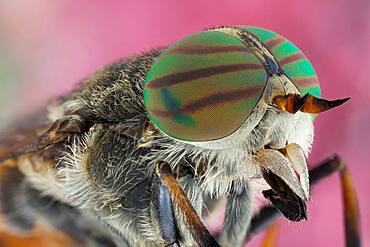
A Hybomitra affinis, horse fly. Horse flies are often large and agile in flight, and the females bite animals, including humans, to obtain blood. They prefer to fly in sunlight, avoiding dark and shady areas, and are inactive at night.
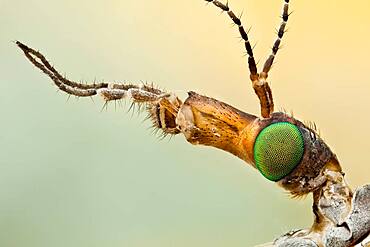
Crane flies are often misidentified as giant mosquitos but they are not related at all. They do have beautiful eyes.
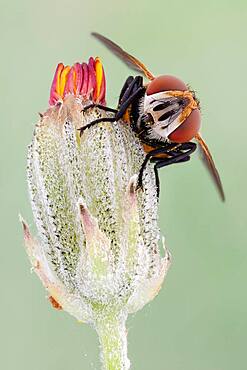
The Tachinidae are a large and variable family of true flies within the insect order Diptera, with more than 8,200 known species and many more to be discovered. Most are protelean parasitoids, or occasionally parasites, of arthropods.
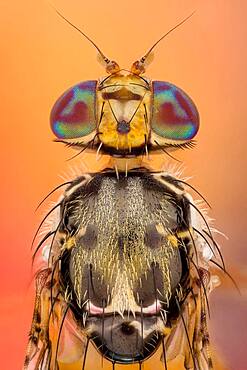
The Mediterranean fruit fly, Ceratitis capitata, is one of the world's most destructive fruit pests.
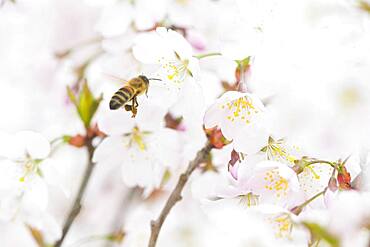
Honey bee (Apis mellifera) in flight in front of cherry blossoms (Prunus serrulata), Emsland, Lower Saxony, Germany, Europe
